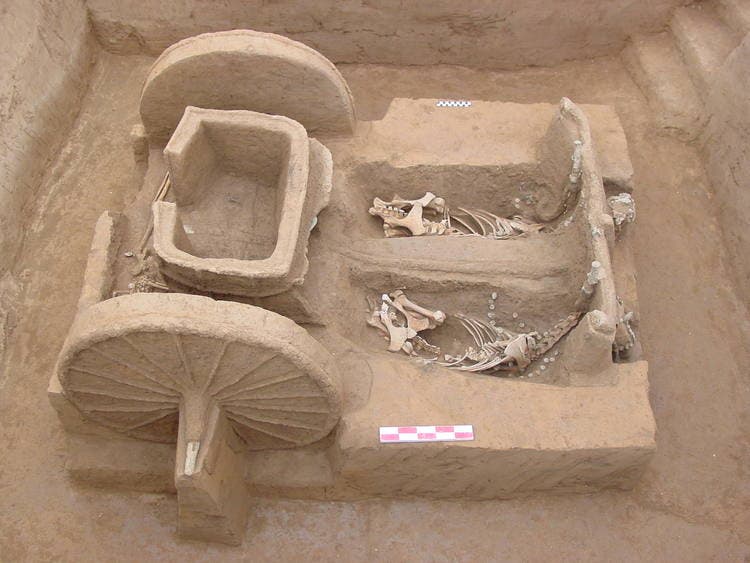Researchers working in China’s oldest archaeological site have discovered two human skulls featuring traces of trepanation.

Trepanation, the practice of drilling hole in the skull for medical purposes, was remarkably widespread across ancient cultures. We have found evidence of trepanation from the Inca people in South America to Ancient Greece; humans were also practicing it on animals more than 5,000 years ago. However, for the longest time, China seemed devoid of trepanation. A 2017 study attributes this to “the lack of publications on this topic in the English language,” and a recent finding seems to add to that idea.
Archaeologists have just uncovered two skulls, including one belonging to a 10-year-old boy, that show clear signs of trepanation.
“The skull surface is smooth and even, indicating the traces of artificial drilling. And the cranium shows that it still grew after the perforation, which suggests the surgery was successful,” said Yue Hongbin, researcher with the Institute of Archaeology under the Chinese Academy of Social Sciences (CASS), according to Xinhua.
The skulls date back to the Shang Dynasty (about 1600 BC-1046 BC), a period known for many cultural and social advancements. During the Shang Dynasty, people would treat diseases with drugs, surgeries, acupuncture, and massages, said Yue.
The findings were made at a long-known site: Yin, the last capital of the Shang Dynasty, which is in the current day city of Anyang. Yin has been excavated for some 90 years, yielding numerous remarkable findings — and this one is no exception. Archaeologists have discovered a hospital or a similar medical site, it seems, which is surprisingly sophisticated for its time. They’ve uncovered inscriptions on tortoise bones, detailing the names, symptoms, and treatments of 50 kinds of diseases, says Song Zhenhao, one of the research leaders at CASS.
In a nearby tomb, archaeologists also discovered a large number of plant leaves, including some of ‘oriental bittersweet’ (Celastrus orbiculatus) — a plant that’s still used in Chinese traditional medicine to clear away toxins such as snake venom.
Archaeologists also report identifying bone needles which they believed were used for medical purposes.
“They were not needles for sewing, since they are sharp at both ends and do not have pinholes. We believe they were for medical use,” said Yue. “Archaeological findings in the ruins have continued to provide more and more evidence to help recast ancient medical history.”
It’s not clear how common trepanation was in ancient China, though it was definitely practiced at times. A recent study suggests that the practice dates back at least 3,500 years, and these new findings seem to support that timeline.


